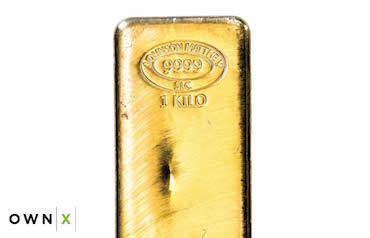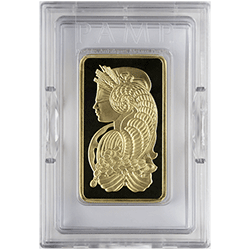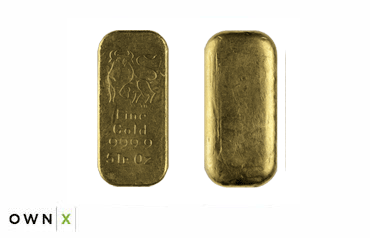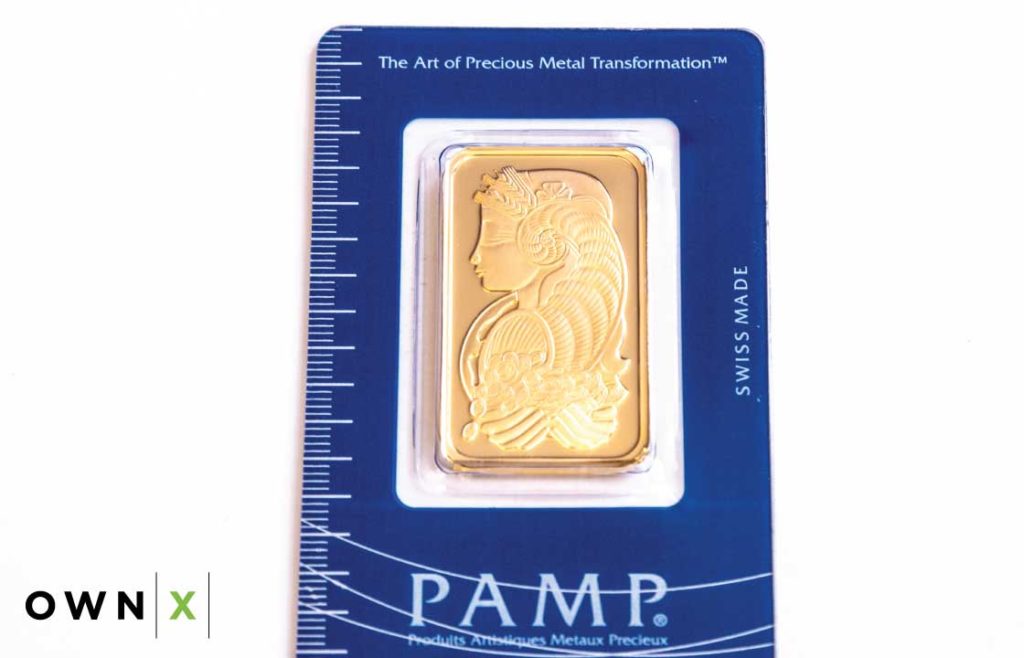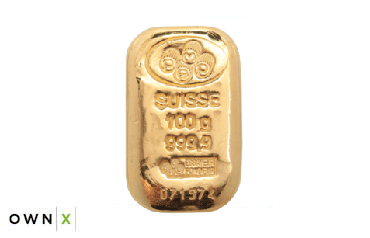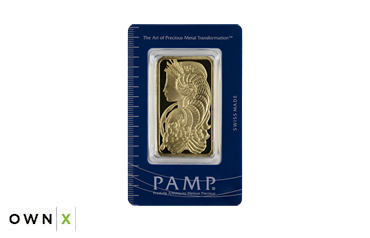
Precious metals can boost your retirement savings by protecting against market risk and inflation and precious metals IRAs are an excellent way to invest in smart ways that reduce or defer your tax burden. But what are the gold ira tax rules? In this post we will walk you through those tax details, helping you make smart choices with your gold investments.
| Key Insights |
|---|
| Tax Smarts with Gold IRAs: Gold IRAs offer unique tax advantages. Choose between Traditional or Roth IRAs for tax-deferred or tax-free benefits, enhancing your retirement savings. |
| Invest Long-term for Tax Efficiency: Gold held over a year in an IRA enjoys a capped tax rate, potentially saving you money compared to short-term investments. |
| Tailor Your IRA for Maximum Benefit: Decide between Traditional, Roth, or SEP IRAs based on your financial situation to maximize your gold investment’s tax advantages. |
| Diversify Your Retirement Savings: Incorporating gold into your retirement plan can protect against market volatility and inflation, adding a solid layer of diversity to your portfolio. |
| Be Informed About Gold IRAs: Understand the specific rules around Gold IRAs, including potential fees and the need for a trusted custodian, to make the most out of your investment. |
Please note: This content does not offer tax advice but shares general information only. Our goal is to ensure accuracy; however, we cannot guarantee the completeness, timeliness, or applicability of the information provided to all scenarios. We do not commit to updating the information presented. It is advisable to seek guidance from a Certified Public Accountant (CPA) or a tax attorney for tax-related matters.
What is a Gold IRA?
A Gold IRA or Precious Metals IRA is an Individual Retirement Account that includes the option to invest in precious metals such as gold, silver, platinum, and palladium, along with traditional investment assets. This account type is different because it allows for the ownership of physical metals, offering a solid foundation against the fluctuations of the market. The appeal of Gold IRAs are not just about holding real gold; the tax perks and the chance to mix up your investments really set them apart.
Get our free guide to Precious Metals IRAs
Tax Rules for Gold IRA Investments
The IRS has specific rules for taxing gold and other precious metals in an IRA because they’re classified as collectibles. This sets them apart from other types of investments. The rules cover which metals are allowed, how they should be stored, and the tax implications for buying or selling these assets.
Short-term vs. Long-term Tax Implications
- Short-term Investments: If you sell gold within a year of purchasing it, the profit is taxed as ordinary income, just like short-term capital gains. This could increase your total taxable income and potentially push you into a higher tax bracket.
- Long-term Investments: Keeping gold for over a year shifts the tax situation. These investments face a maximum tax rate of 28% on collectibles. Although this rate is higher than the long-term capital gains rate for most other assets (which is usually around 15%), it still offers a favorable tax scenario for those investing in gold for the long term.
Strategies for Maximizing Gold IRA Investments
Smart tax planning is key to maximizing the benefits of a Gold IRA. The choice between Traditional, Roth, or SEP IRA types significantly impacts your after-tax returns, with each offering unique tax advantages.
Traditional IRAs
- Tax-Deferred Growth: Contributions to a Traditional IRA may be tax-deductible, allowing your investments, including gold, to grow tax-deferred until withdrawal.
- Taxation Upon Withdrawal: When you start taking distributions in retirement, the withdrawals are taxed as ordinary income. This can be beneficial if you’re in a lower tax bracket during retirement compared to when you were contributing.
Roth IRAs
- Tax-Free Withdrawals: Though contributions to a Roth IRA are made with after-tax dollars, both the investment growth and withdrawals during retirement are tax-free. This can be a major advantage if you expect to be in a higher tax bracket in retirement or if tax rates rise.
- No Required Minimum Distributions (RMDs): Roth IRAs don’t have RMDs during the owner’s lifetime, offering the flexibility to leave the investments to grow tax-free for longer periods.
SEP IRAs
- Higher Contribution Limits: SEP IRAs allow for higher annual contributions than Traditional or Roth IRAs, which can be particularly good for self-employed individuals or small business owners looking to save more for retirement.
- Tax-Deductible Contributions: Like Traditional IRAs, contributions to a SEP IRA are tax-deductible, reducing taxable income in the year contributions are made. The investments grow tax-deferred until withdrawals, which are then taxed as ordinary income.
The Benefits of Investing in Gold IRAs
Investing in Gold IRAs offers several advantages for retirement planning, including diversification, stability, protection against inflation, potential for growth, and tax benefits. Here’s a closer look at what gold brings to the table:
Diversification and Stability
Incorporating gold into your retirement portfolio can significantly enhance its diversification and stability. Gold, being a tangible asset, provides a layer of protection against the volatility of the stock market and inflation, making Gold IRAs an appealing option for creating a more robust retirement plan.
Hedge Against Inflation
Historically, gold has preserved its purchasing power, acting as an effective hedge against inflation. As currencies decrease in value, the price of gold often increases, safeguarding the real value of your retirement savings.
Potential for Growth
Although the price of gold can fluctuate, its long-term trajectory has been upward. Investing in a Gold IRA can not only protect your savings but also offer the potential for growth, contributing to wealth preservation within your retirement strategy.
Tax Advantages
Depending on the type of Gold IRA you choose (Traditional or Roth), you can benefit from tax-deferred or tax-free growth. With a Traditional IRA, the growth is tax-deferred, meaning taxes on gains are delayed until withdrawals are made. A Roth IRA allows for after-tax contributions with the benefit of tax-free growth and withdrawals.
OWNx makes it simple to invest in precious metals.
Risks and Considerations
Investing in Gold IRAs, like any investment choice, comes with its set of risks and things to think about. Here’s what you need to keep in mind:
Market Volatility
The price of gold isn’t steady; it can go up and down based on economic conditions, market demand, and global political events. So, timing your investment or dollar cost averaging is important.
Storage and Insurance Costs
Gold IRAs mean you’re investing in physical gold, which needs to be kept in approved storage facilities. This brings extra costs for storage and insurance, affecting your investment’s net returns.
Higher Fees
Typically, Gold IRAs have more fees than the usual Traditional or Roth IRAs. You’ll need to consider setup fees, annual maintenance fees, storage costs, and possibly fees from the sellers. These fees are important when deciding if a Gold IRA is right for you.
Physical Possession
You can’t physically hold the gold that’s in your IRA; IRS rules don’t allow it. If you don’t follow this rule, you could face taxes and penalties. It’s key to know and follow all the regulations.
Required Minimum Distributions (RMDs)
If you have a Traditional Gold IRA, you’ll have to start taking out money at a certain age, known as Required Minimum Distributions. This could mean you have to sell gold at times that might not be ideal.
Withdrawal Rules and Strategies
When it comes to pulling money out of your Gold IRA, there are specific rules and smart strategies to minimize penalties and manage taxes effectively. Here’s what you need to know:
Penalty-Free Withdrawals
You can take money out of your IRA without penalties in some situations, like when you hit 59½ years old, or for certain expenses such as buying your first home or covering medical bills.
Age Requirements
With Traditional IRAs, you’re required to start taking Required Minimum Distributions (RMDs) by the time you’re 72. Planning is essential here to handle the tax impact of these withdrawals smoothly.
Tax Treatment
For Traditional IRAs, the money you take out is taxed as ordinary income. If you have a Roth IRA, withdrawals are tax-free as long as the account has been open for over five years and you’re at least 59½.
Strategies for RMDs
To lessen the effects of RMDs from your Traditional IRA, you might think about switching it to a Roth IRA. Another approach is to have a mix of investments, including some outside of your IRA, to ensure you have enough liquid assets when needed.
Choosing the Right Gold IRA for You
When picking a Gold IRA, making informed choices about custodians, storage, and fees is crucial for safeguarding your investment. Here’s a breakdown to guide you through:
Custodian Selection
It’s essential to choose a custodian with experience in Gold IRAs. They play a key role in buying the gold and making sure it’s stored properly in an approved facility. Companies like OWNx specialize in these services, providing the expertise and support needed to manage your Gold IRA effectively.
Storage Options
Look into different storage options, paying attention to fees and insurance coverage to protect your gold. Some custodians, including OWNx, might offer segregated storage, adding an extra layer of security for your investment.
Understanding Fees
Fees can significantly impact your Gold IRA’s profitability, so it’s important to know about all the charges involved, such as setup, annual maintenance, storage, and insurance fees. These fees can differ a lot between custodians.
Due Diligence
Do your homework before committing to a dealer or custodian. Look for reputable companies, like OWNx, that have good reviews and a history of honest, transparent operations.
OWNx makes it simple to invest in precious metals.
Conclusion
Investing in a Gold IRA can add variety to your retirement savings, protect against inflation, and offer a chance for growth. But, as with any investment, there are risks and important details to consider. Knowing the tax implications, understanding the fees and rules, and picking the right custodian are key steps to get the most from your Gold IRA. It’s also smart to talk with a financial advisor. They can give you advice that fits your financial needs and retirement plans, helping you make informed decisions about investing in precious metals.
FAQs
With Traditional Gold IRAs, you’ll pay taxes upon withdrawal, not when you make the investment.
Gold investing in a Self-Directed IRA can diversify your portfolio, acting as a hedge against inflation and market volatility.
No, Roth IRAs allow your gold investments to grow tax-free, and you won’t pay taxes on withdrawals after retirement.
Yes, a Self-Directed IRA gives you the flexibility to manage your own gold investments, among other assets.


